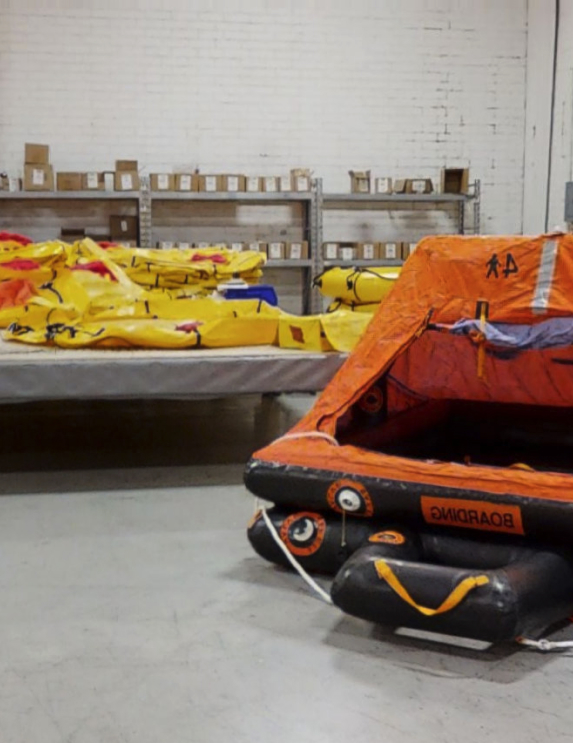
Revere Survival, in partnership with other members of the Alliance Marine Group, offers equipment servicing worldwide. Our combined experience allows us to provide service for a full range of survival products throughout the USA and abroad.
Our service stations represent a critical element in guaranteeing the safety of our customers whose lives depend on proper maintenance of their survival gear.
Service Procedure:
Testing process: